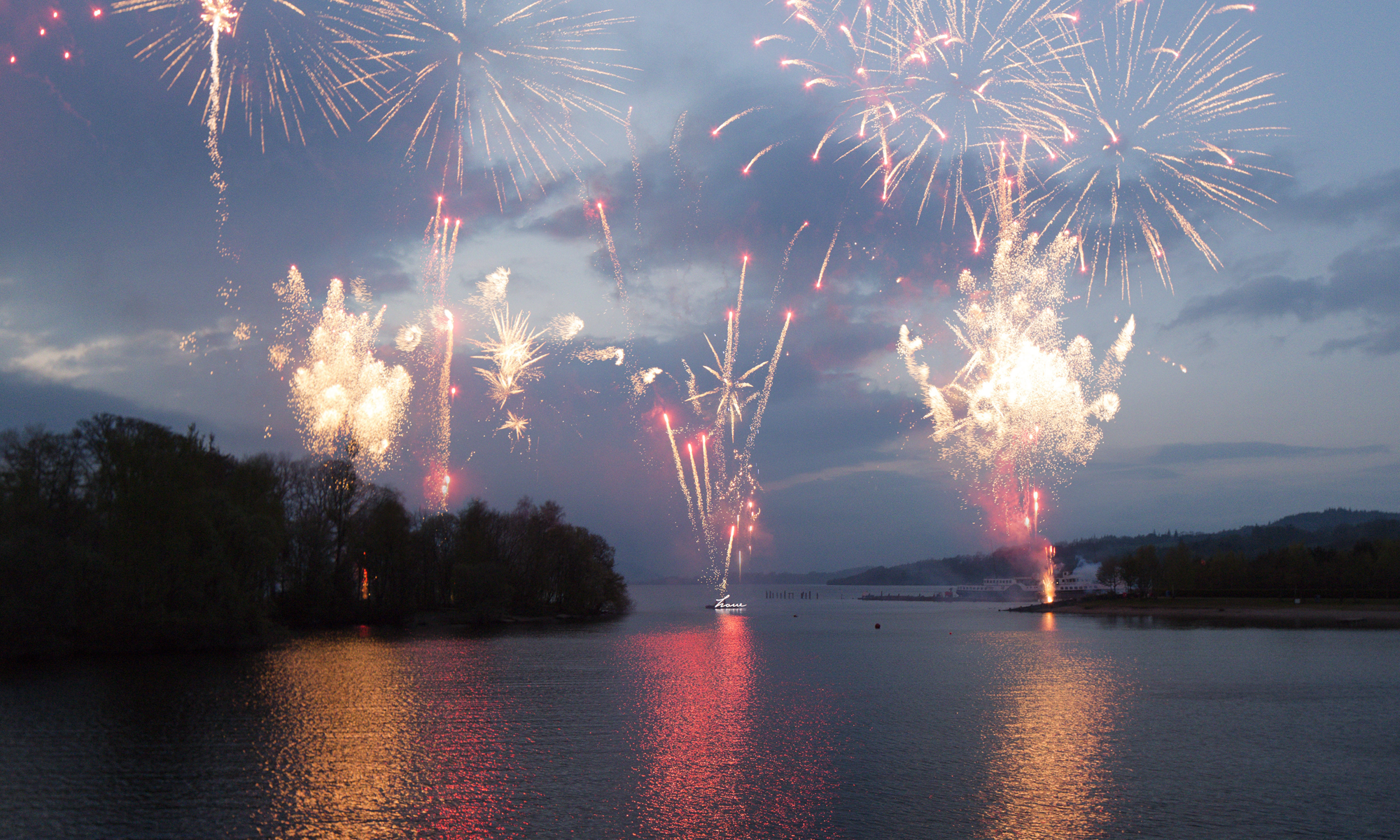Art that takes place outside conventional venues–
Making art and performance in public space is taking it to the public unencumbered by the limitations and expectations of working in conventional venues. Taking it to where the public is free to engage or to leave.

Art in public space is essentially political, challenging a whole set of preconceptions as to how art should be consumed. Because in this context art is de-commodified. It is free. The transaction between the artist and public is one of time and engagement. It is a commitment by the public that is not mediated by expectations of behaviour that are codified through the conventions that govern the presentation of the arts in concert halls, opera houses, galleries and theatre. These churches to the arts are legitimate platforms for artists and through their framing provide particular artistic possibilities. However they too often support elites delighting in their entitlement at being educated into their mysteries. Artists working in public space take their work to the public. They can find their work informed by their physical surroundings, its history and community significance, the personal stories of those who lived or travelled through that space. They look to the passing of the sun to light their performance. They place themselves in relationship to an audience that might encounter them by chance. Others create work that brings their public to a place they have never discovered.
The term “art in public space” started being used by the European network Insitu (www.in-situ.info) to define their artistic area of concern. While the terms “street arts“ and “outdoor arts” had been seen as useful terms, they carried their own baggage of association and also didn’t encompass the range of work or the concerns of the artists Insitu wished to support. The work should include all art forms and should be free to the public. Insitu partners followed artists; tracing tendencies in their practice from street theatre to performance in the landscape, from socially engaged practice to work on line and with new technologies. There was a developing critique of the place of the artist in influencing urban design and an appreciation of the voice of the artist in political discourse.
Art in public space embraces all art forms and welcomes all publics.
